Images of rhino
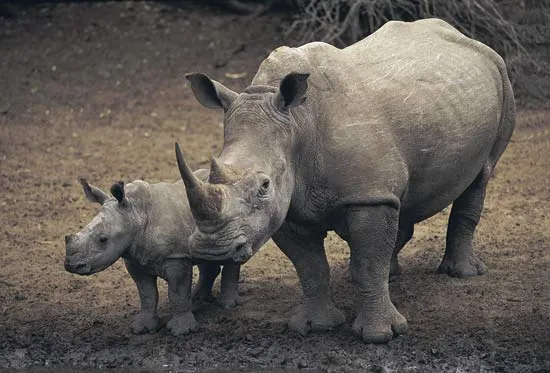
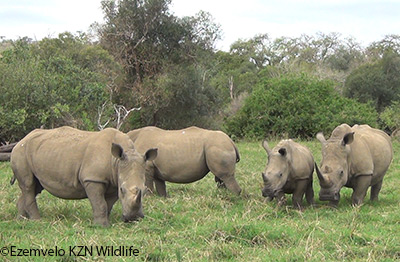
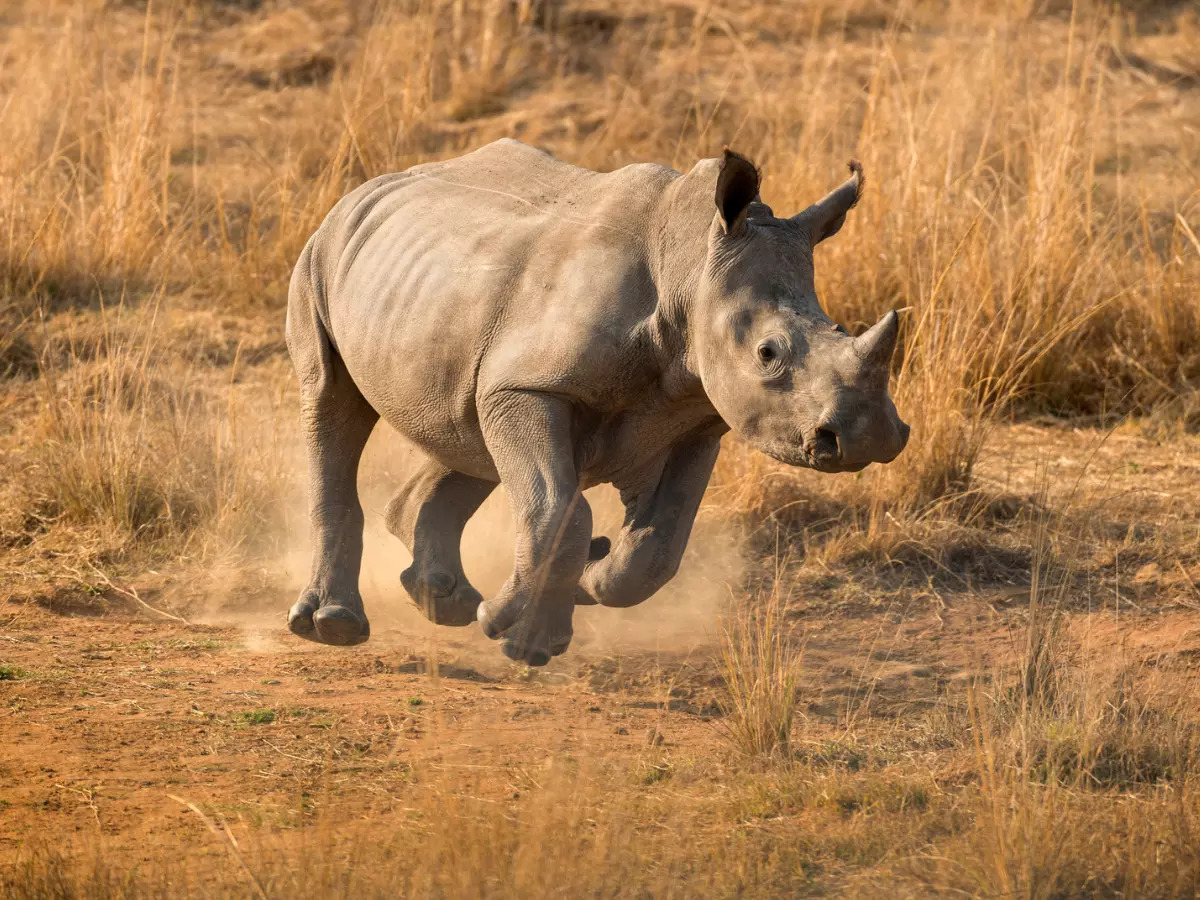
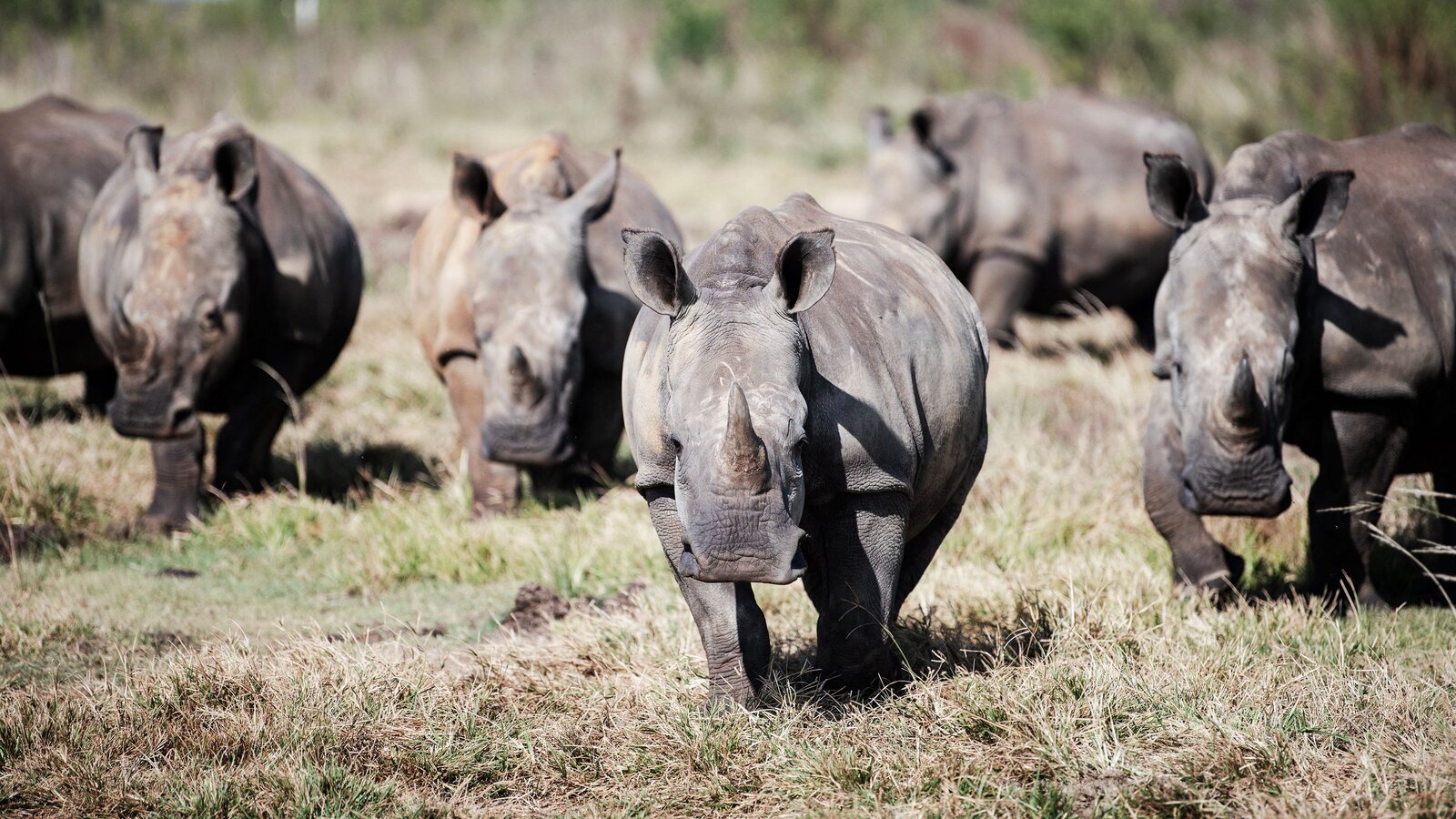
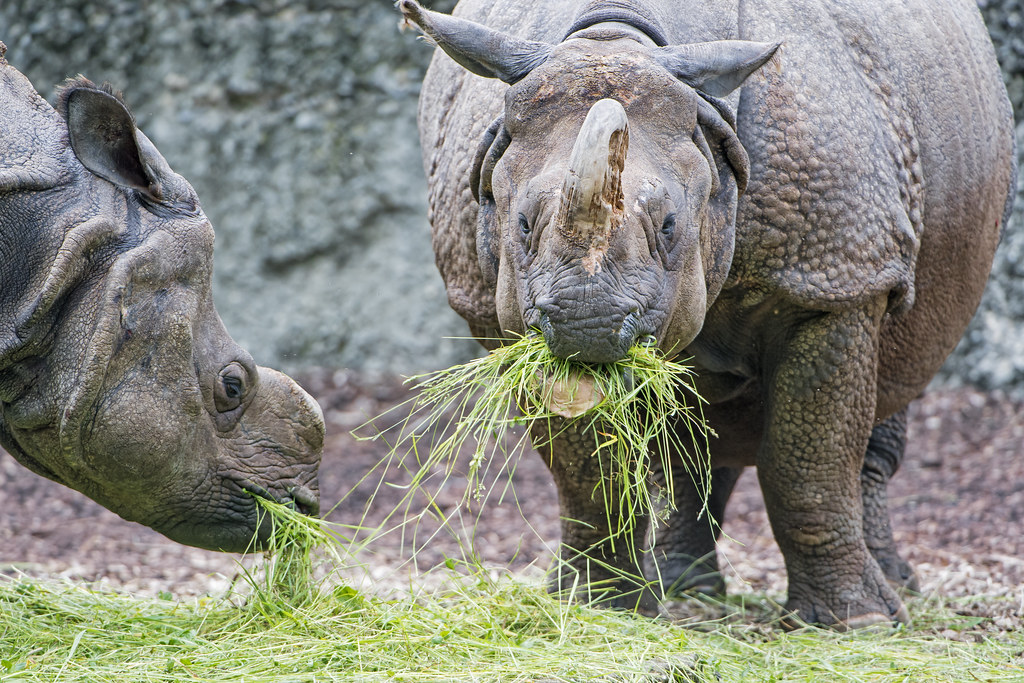
Details of rhino
Rhinoceroses, often referred to as rhinos, are large, herbivorous mammals known for their distinctive horn(s) and thick skin. Here are some brief details about rhinoceroses, including their habitat, size, and other characteristics:
Habitat:
Rhinoceroses are found in a variety of habitats, including savannas, grasslands, swamps, and dense forests. Their specific habitat varies depending on the species.
Size and Appearance:
Rhinos are large and heavily built. They typically measure around 4.9 to 6.6 feet (1.5 to 2 meters) tall at the shoulder.
The length of a rhinoceros can range from 9.8 to 13.1 feet (3 to 4 meters), and they can weigh anywhere from 1,760 to 5,070 pounds (800 to 2,300 kilograms).
Rhinos are characterized by their thick, armor-like skin and one or two horns on their snouts, depending on the species.
Diet:
Rhinos are herbivores with diets that primarily consist of grasses, leaves, shoots, and fruits. They use their prehensile lips to grasp and feed on vegetation.
Behavior:
Rhinoceroses are generally solitary animals, with the exception of mothers and their calves. They can be quite territorial, especially males.
They have relatively poor eyesight but an excellent sense of smell and hearing.
Conservation Status:
Rhinoceroses are among the most endangered mammals in the world due to poaching for their horns, habitat loss, and other human-related factors. All five species are listed as either endangered or
critically endangered by the International Union for Conservation of Nature (IUCN). Conservation efforts, including anti-poaching measures and habitat protection, are critical for their survival.
Horn:
Rhinos are often hunted for their horns, which are made of keratin, the same substance as human hair and nails. Rhino horn is highly valued in some cultures for its perceived medicinal properties, despite no
scientific evidence supporting these claims.
Reproduction:
Female rhinoceroses give birth to a single calf after a gestation period of about 15 to 18 months. The calf typically stays with its mother for several years.
Rhinoceroses are magnificent creatures with a rich natural history, but they are facing severe threats to their survival. Conservation efforts are essential to protect these animals and ensure their continued existence in the wild.